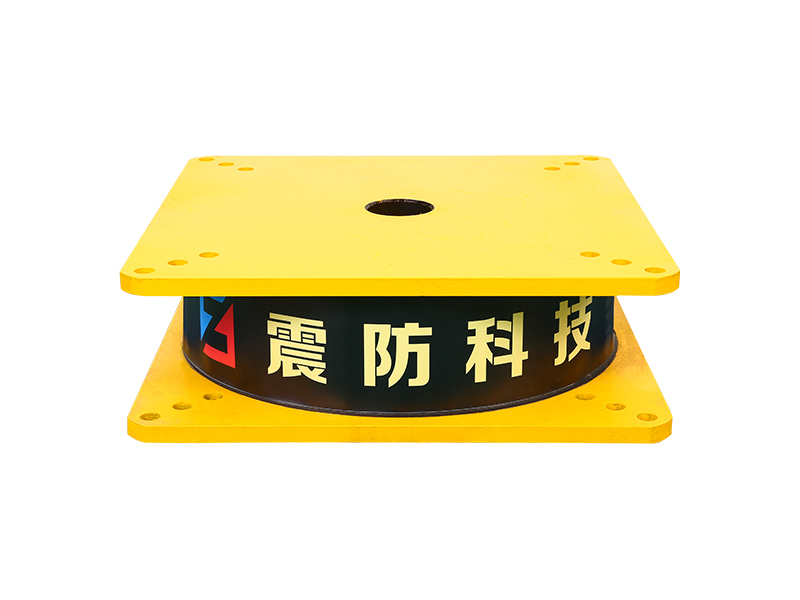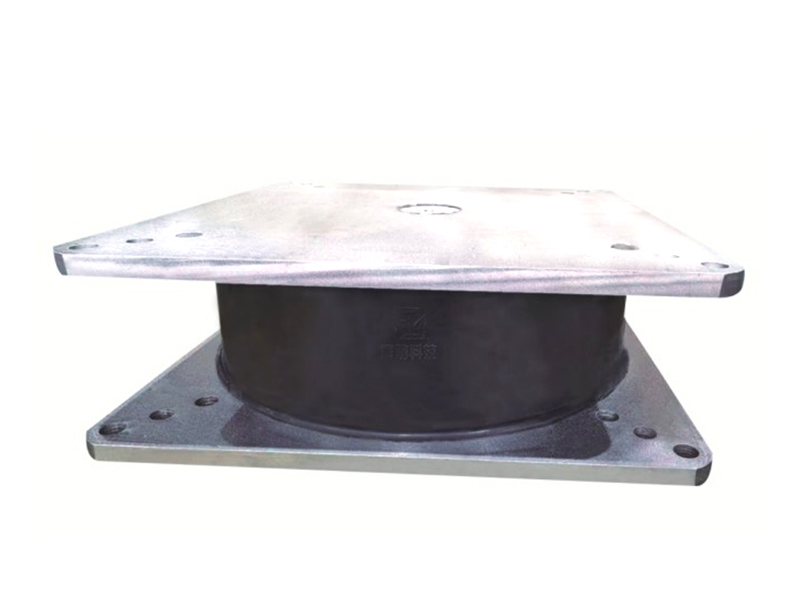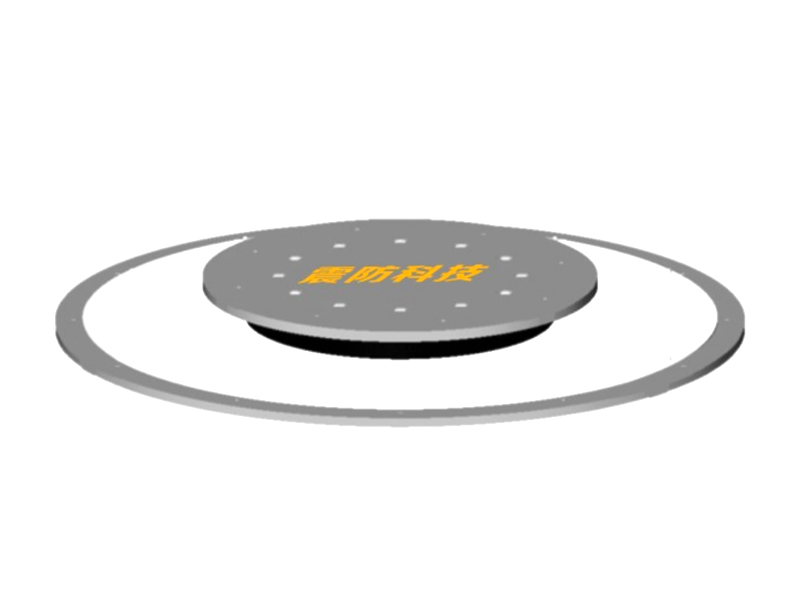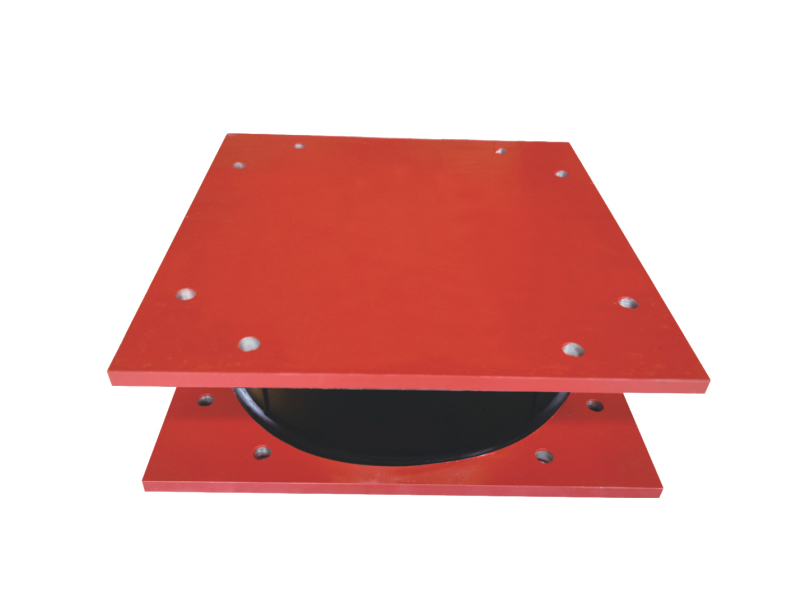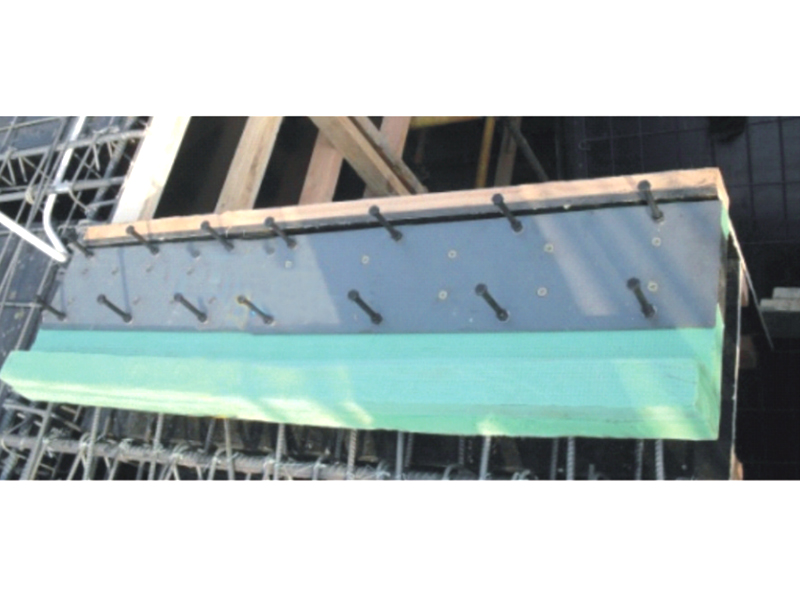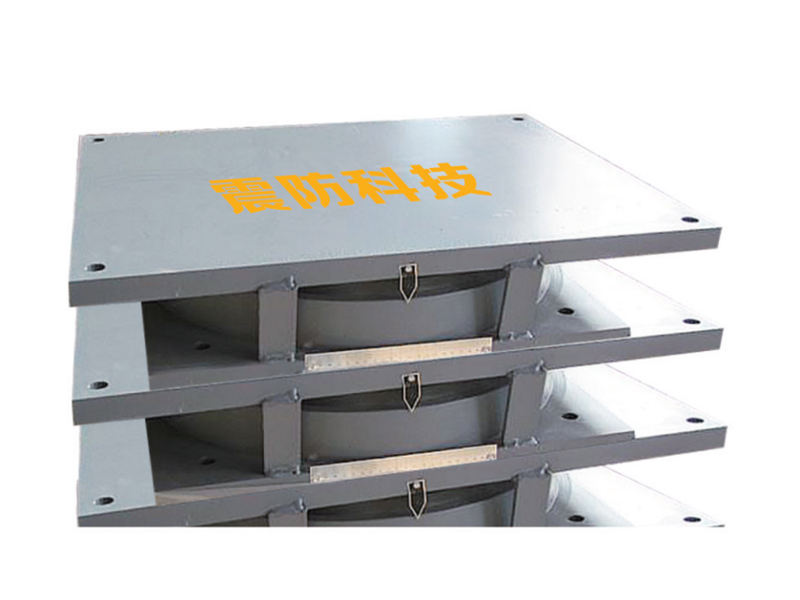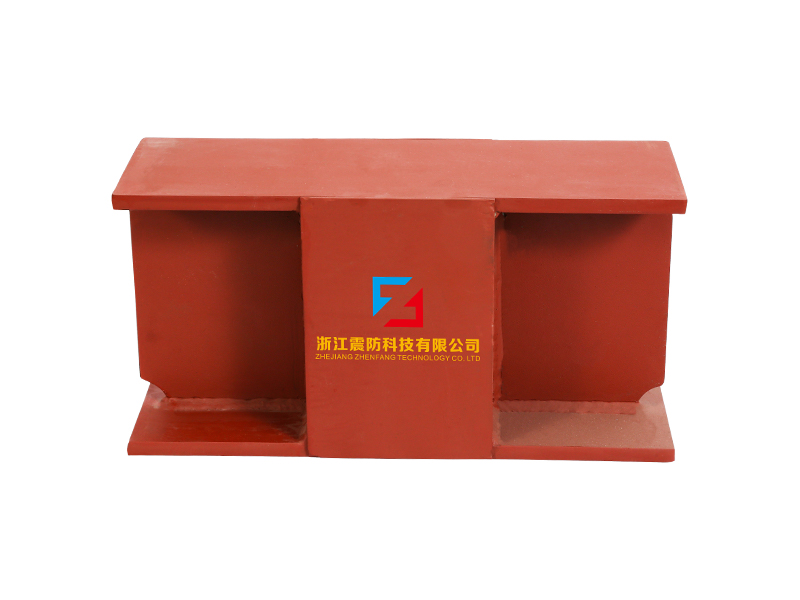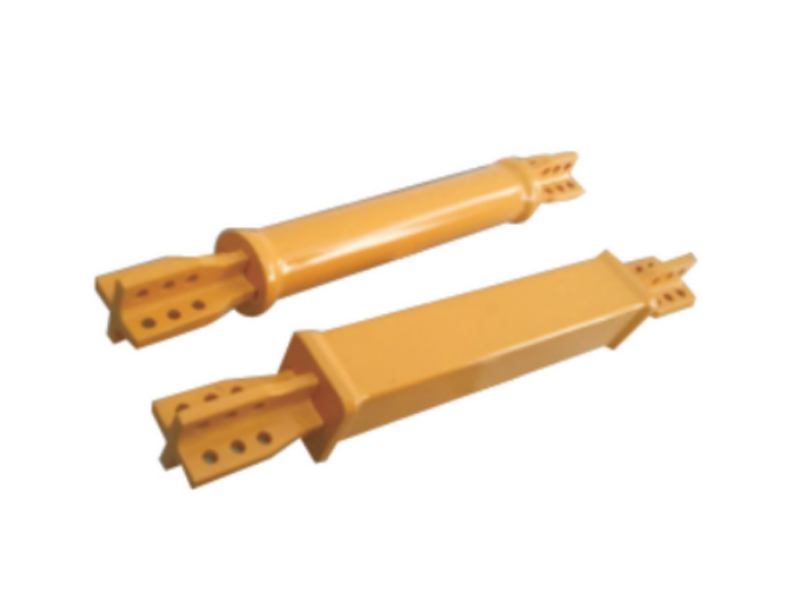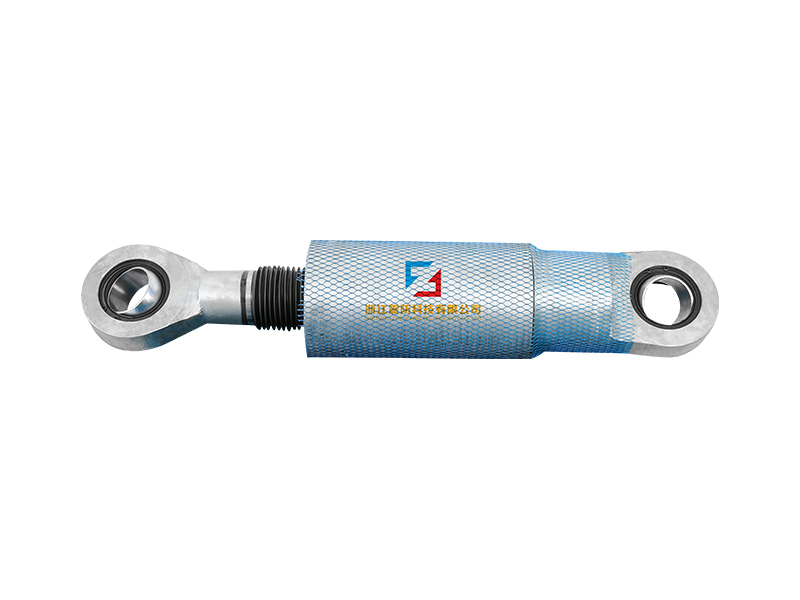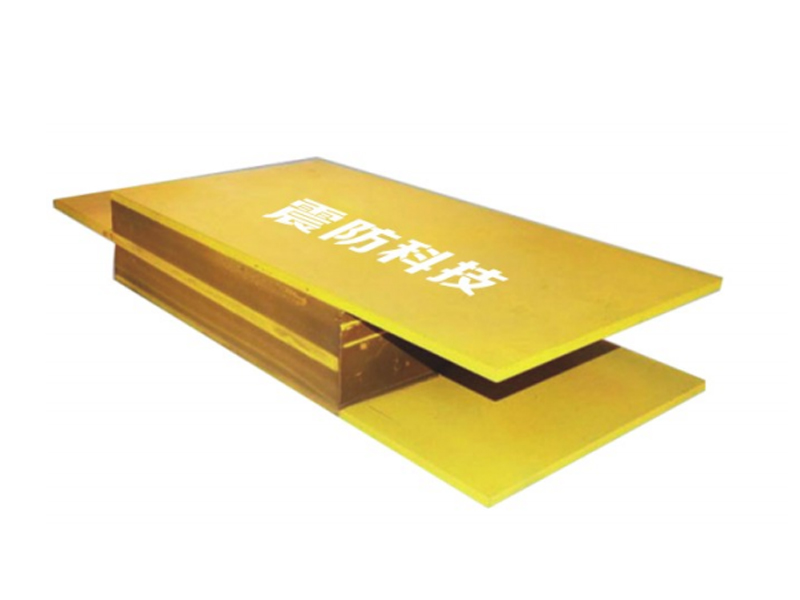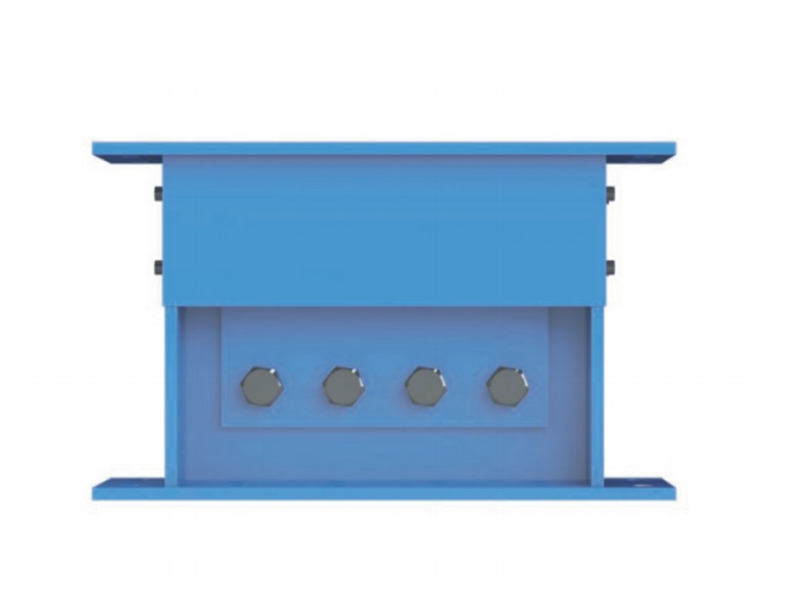A seismically isolated structure can be designed with a variety of features to ensure its safety. A triple pendulum isolator system can be used for this purpose. Other features can include sensors that detect tremors and detect damage after an earthquake.
Techniques of constructing a seismically-isolated structure
Seismic isolation is a method of construction that limits the amount of seismic demand on the structure. The technique does not require the use of structural reinforcement or interventions in the superstructure. Seismic isolation is compatible with most types of superstructures and can accommodate both total elastic and limited inelastic deformations. The main requirement is for at least 200mm of horizontal displacement at the base of the structure in all directions.
Seismic isolation has been made possible by three parallel developments. First, engineers can use seismic isolation software to simulate the performance of different kinds of structures and determine the appropriate design parameters. Second, shaking tables are available to simulate the effects of recorded earthquake ground motions on different types of structures. Finally, engineering seismologists can use these tools to estimate ground motions in specific sites.
Another method to assess the effectiveness of seismic isolation is to use a model of a tall bridge with slender piers. This method is particularly useful in evaluating the effect of substructure flexibility on the isolation system. The results of the study will also be useful in designing seismic isolation for long-period structures.
Base isolation is another technique that has been developed in recent years. It differs from other strengthening methods in that it uses the foundation level of a structure, which reduces disturbance to the building's inhabitants and minimizes the amount of non-structural damage and business interruption caused by the construction process.
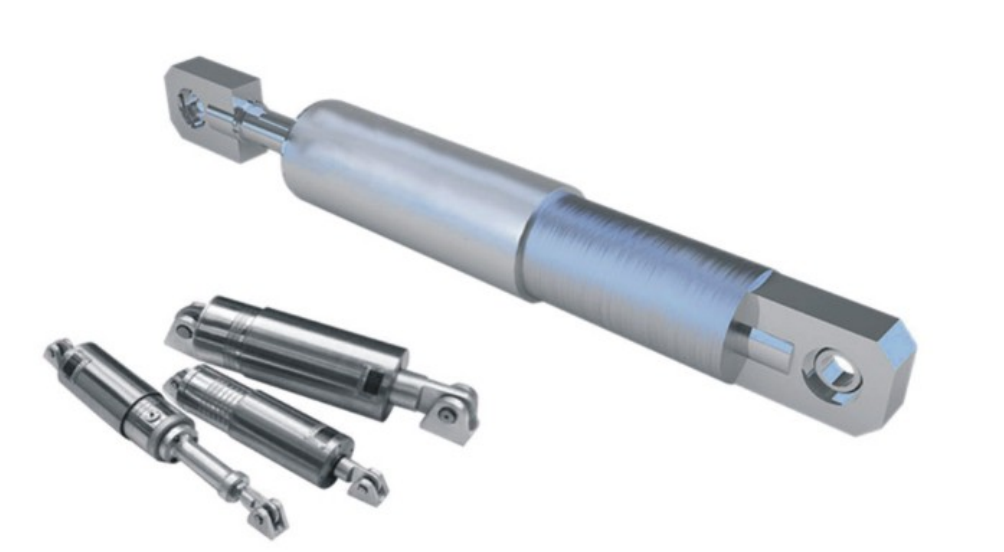
Features of a triple pendulum isolator system
The triple pendulum isolator system features a co-located set of sensors and actuators. The sensors measure displacement at a point, while the actuators apply restoring force. The sensors are located as high as possible on the upper mass of the pendulum. The three-dimensional displacement of the sensors and actuators are similar within a factor of two.
A Triple Pendulum(tm) isolator uses an inner slider that slides along two concave surfaces. This allows the system to minimize the displacement of the structure when earthquakes occur at different strengths. This reduces construction and installation costs. The triple pendulum isolator's plan dimensions are 60% smaller than the Single Pendulum isolator.
The features of a triple pendulum isolation system include its optimum damping and stiffness. Ideally, it should be able to predict the maximum displacement during earthquakes. However, this requires a highly skilled analysis. To solve this problem, the researchers developed four machine-learning models using a limited number of parameters. Among these, gradient boosting regression tree, adaptive boosting, and extreme gradient boosting were the best models for predicting maximum displacement.
The triple pendulum isolator system should also be able to minimize noise at low frequencies. Its peak force should be less than one tenth of a Newton. Furthermore, it should be able to minimize the noise generated by gravitational waves.
Nonlinear time-history analyses of a seismically-isolated building
Nonlinear time-history analyses of seismically-isolated buildings can help determine the effectiveness of seismic isolation and can be performed using different methods. In a nonlinear time-history analysis, the base isolation structure is modeled as a simple single mass model or as a more complex 3D model. Using the nonlinear time-history analysis approach, the actual response of the building is calculated. Moreover, the response of the various floors can be determined by the nonlinear time-history analysis.
Nonlinear time-history analyses were performed on three BRB and three SCB frames. The objective was to obtain the seismic demand of a base-isolated structure under different ground motion parameters. The two types of buildings exhibit different peak response spectra and are highly dependent on the ground motion parameters.
Nonlinear time-history analyses of seismically-isolated buildings show that base-isolated structures can reduce the seismic response of buildings, especially those in the far-field region. However, this building style can be adversely affected by ground motions that have a velocity pulse. In this study, the seismic response of a base-isolated building using lead-core rubber bearings was evaluated. Its aseismic performance was very good.
The maximum structural acceleration at a base-level level is very small with small variations in the yield strength level. The maximum base-shear and maximum base displacement are much smaller due to the shorter effective period. The degree of nonlinearity has little impact on the peak response, but has a notable effect on the structural acceleration and base displacement. Consequently, the maximum structural acceleration is close to 0.77 m/sec2.

